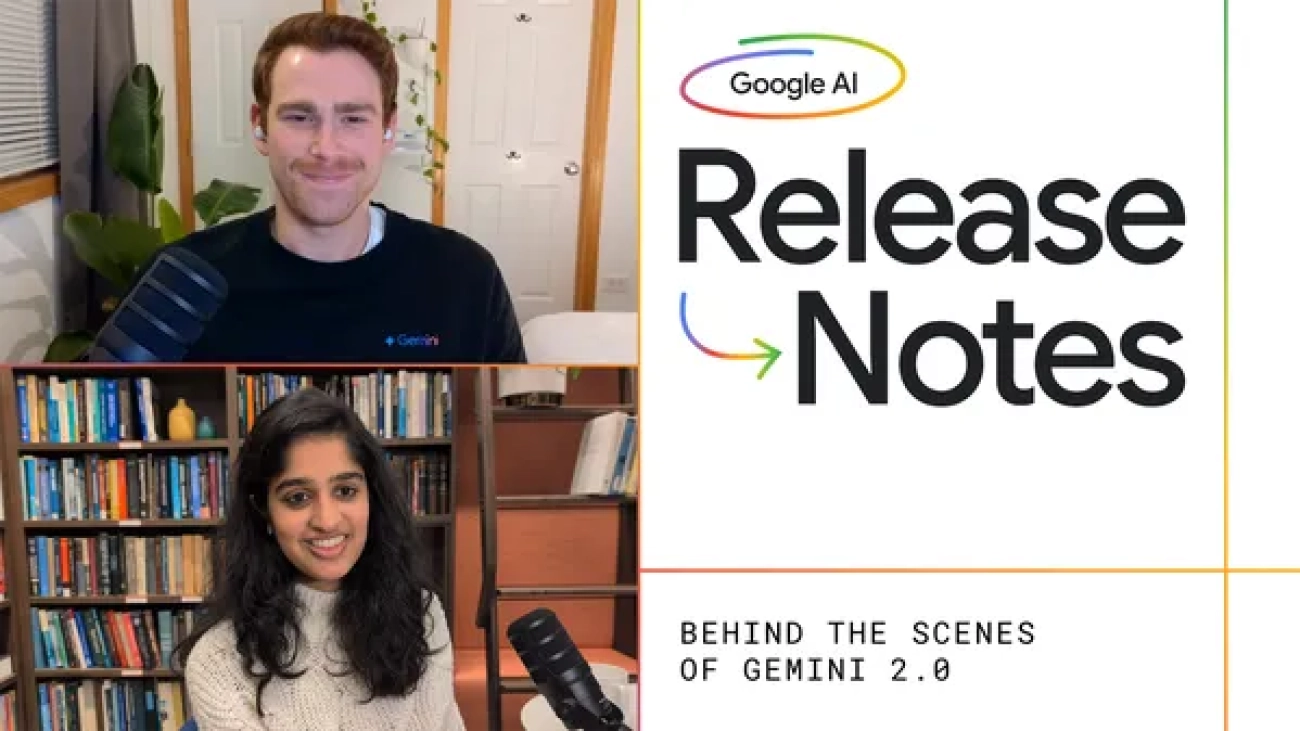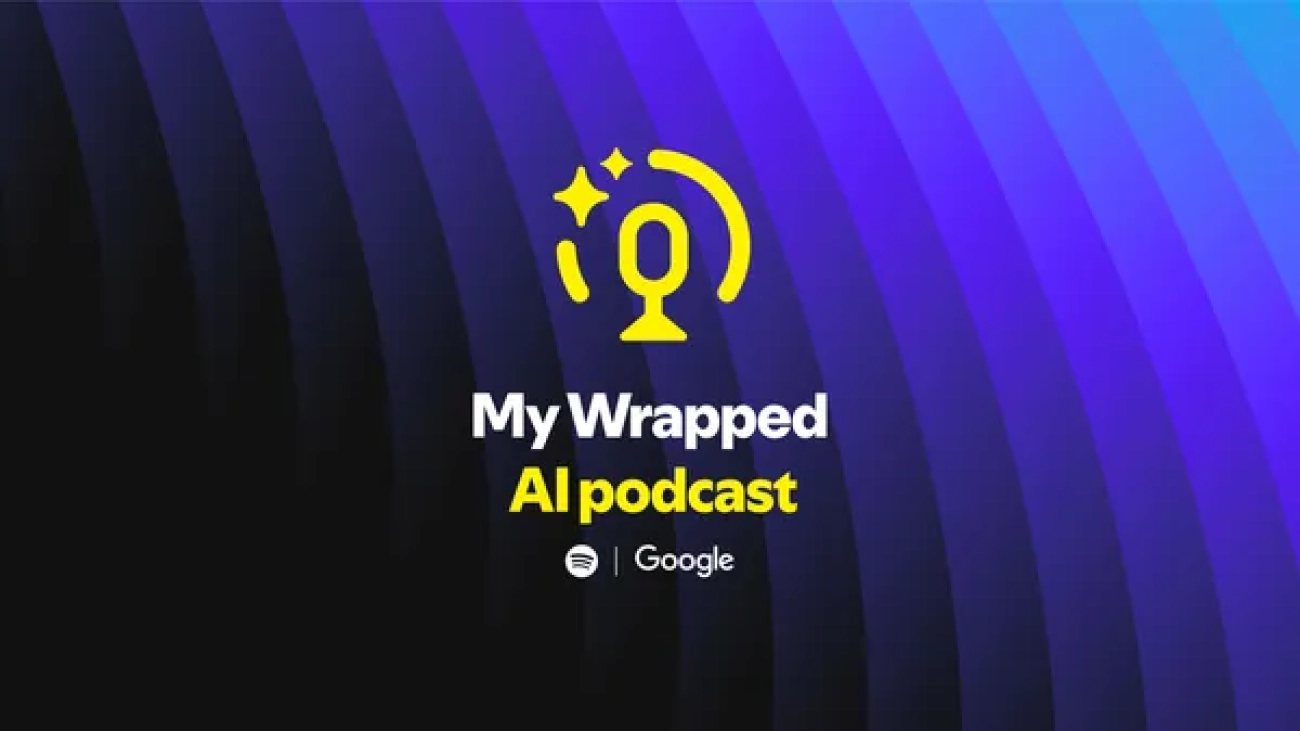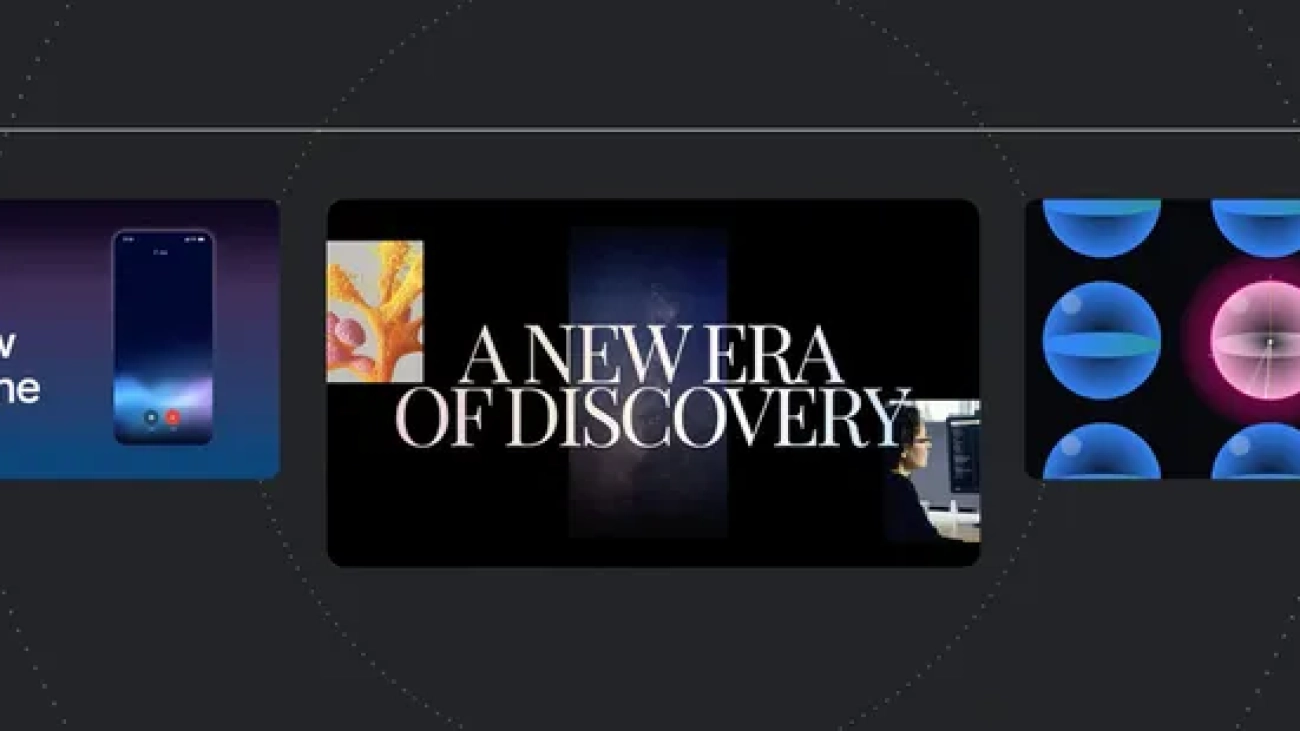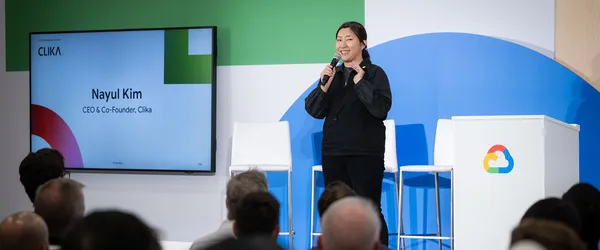 Learn more about Google for Startups Accelerator: AI First program for North American startups.Read More
Learn more about Google for Startups Accelerator: AI First program for North American startups.Read More
24 of our favorite AI tips from 2024
 Here are Google’s best AI tips and tricks from 2024.Read More
Here are Google’s best AI tips and tricks from 2024.Read More
3 artists reimagine AI imagery through speculative photography
 We commissioned artists Farah Al Qasimi, Charlie Engman and Max Pinckers to envision possible futures with AI for a new exhibition titled “Alternative Images of AI.” Let…Read More
We commissioned artists Farah Al Qasimi, Charlie Engman and Max Pinckers to envision possible futures with AI for a new exhibition titled “Alternative Images of AI.” Let…Read More
Listen to a deep dive conversation about Gemini 2.0.
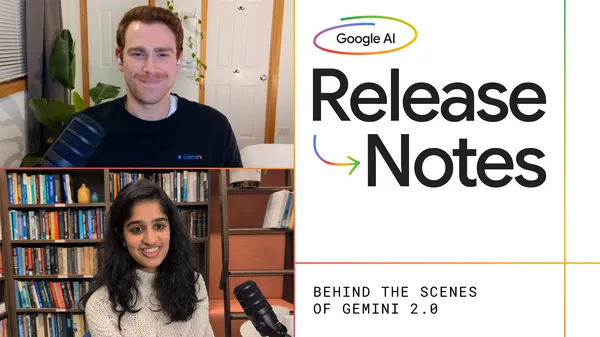 The Google AI: Release Notes podcast dedicated its most recent episode to the release of Gemini 2.0. Host Logan Kilpatrick chatted with Tulsee Doshi, the head of product…Read More
The Google AI: Release Notes podcast dedicated its most recent episode to the release of Gemini 2.0. Host Logan Kilpatrick chatted with Tulsee Doshi, the head of product…Read More
Trillium TPU, our most powerful AI chip yet, is now generally available.
 Our sixth-generation Tensor Processing Unit (TPU), called Trillium, is now generally available for Google Cloud customers. The rise of generative AI has created a need f…Read More
Our sixth-generation Tensor Processing Unit (TPU), called Trillium, is now generally available for Google Cloud customers. The rise of generative AI has created a need f…Read More
Go inside the Google Quantum AI lab to learn about how quantum computing works
 Get a behind-the-scenes look at Google’s Quantum AI lab in Santa Barbara, CA.Read More
Get a behind-the-scenes look at Google’s Quantum AI lab in Santa Barbara, CA.Read More
New AI features and more for Android and Pixel
 Learn more about the latest Pixel and Android updates, featuring the latest in Google AI innovation.Read More
Learn more about the latest Pixel and Android updates, featuring the latest in Google AI innovation.Read More
Listen to your first-ever 2024 Spotify Wrapped AI podcast, built with NotebookLM
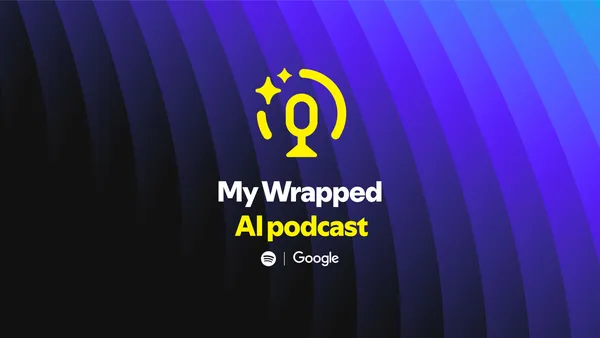 NotebookLM is partnering with Spotify to create a personalized Wrapped AI podcast.Read More
NotebookLM is partnering with Spotify to create a personalized Wrapped AI podcast.Read More
7 pieces of AI news we announced in November
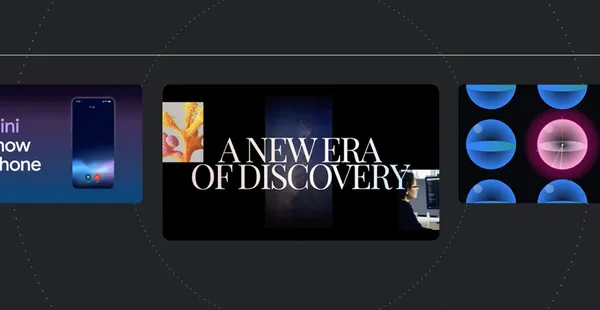 From a powerful new AI-flood forecasting initiative to help from AI in advancing quantum computers.Read More
From a powerful new AI-flood forecasting initiative to help from AI in advancing quantum computers.Read More
Why over 140,000 developers took our five-day generative AI course
 Google and Kaggle recently launched a five-day intensive course about generative AI.Read More
Google and Kaggle recently launched a five-day intensive course about generative AI.Read More




